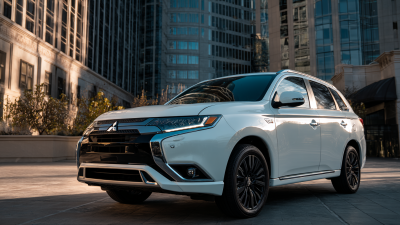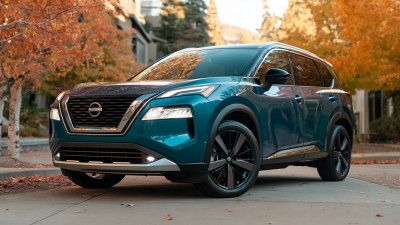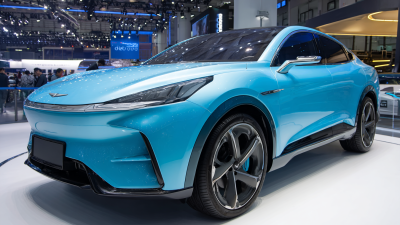The automotive industry is undergoing a significant transformation as consumers increasingly prioritize sustainable mobility solutions. Among the most promising developments is the rise of PHEV SUVs (Plug-in Hybrid Electric Vehicles Sport Utility Vehicles), which combine the advantages of electric propulsion with the versatility of traditional SUVs. According to a recent report by the International Energy Agency, global sales of electric vehicles, including PHEV SUVs, surged to over 6 million units in 2021, marking a 109% increase compared to the previous year. This trend reflects a growing commitment to reducing carbon emissions, with PHEV SUVs playing a crucial role in achieving eco-friendly transportation. The shift towards these vehicles is also supported by advancements in battery technology and government incentives aimed at promoting hybrid models. As consumer preferences evolve and environmental regulations tighten, the PHEV SUV stands out as a vital component of the future automotive landscape, blending sustainability with practicality for the modern driver.
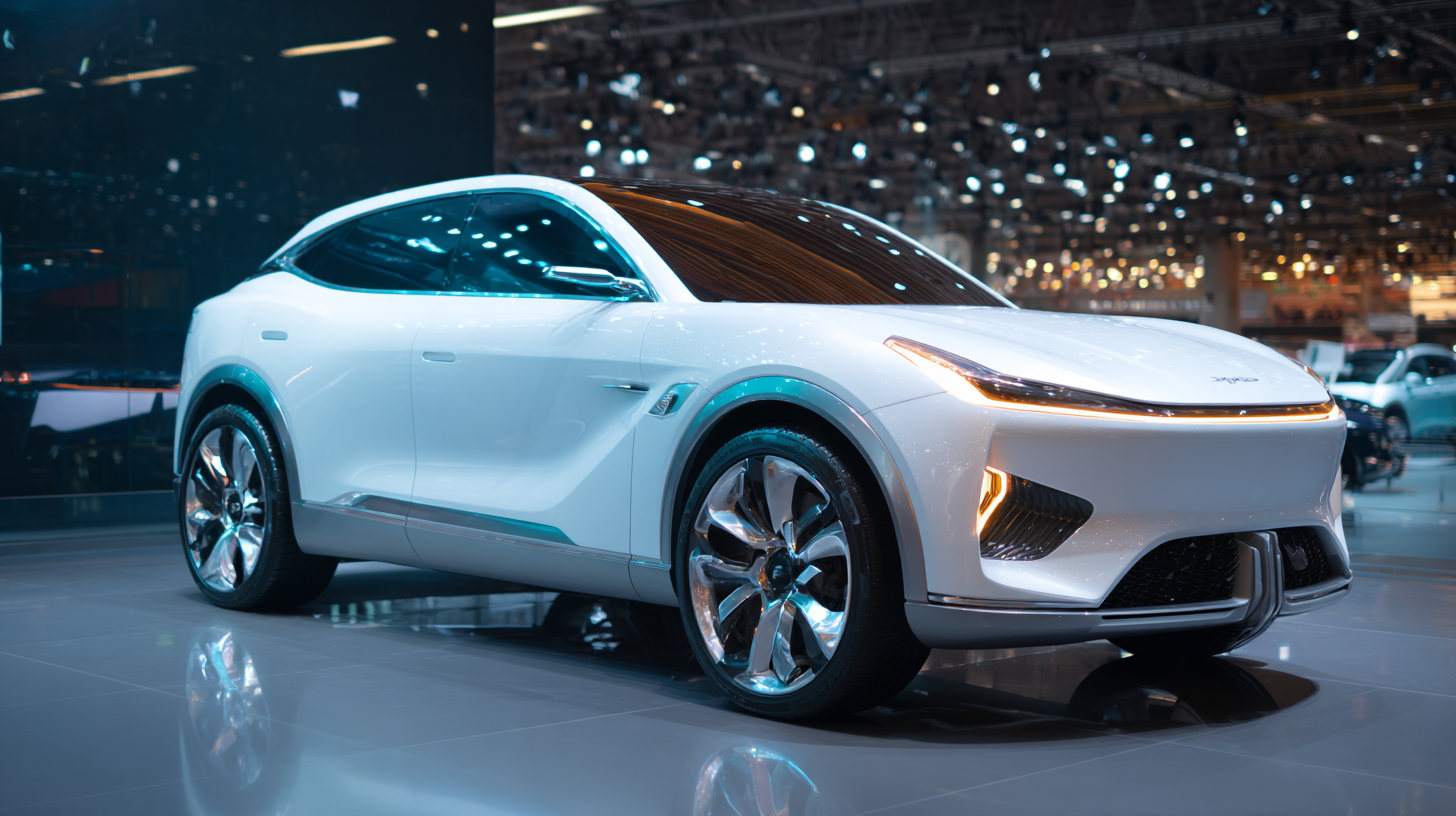
Plug-in Hybrid Electric Vehicles (PHEVs) are rapidly gaining traction in the automotive market, particularly in the SUV segment, due to their potential to significantly enhance environmental sustainability. According to a report by the International Energy Agency (IEA), the number of PHEVs on the road surpassed 5 million in 2020, with SUVs making up a growing portion of this figure. This trend is driven by a combination of consumer preference for larger vehicles and the increasing awareness of the urgent need for more sustainable transportation options.
PHEV SUVs offer a unique blend of electric driving and traditional combustion capabilities, allowing for reduced greenhouse gas emissions. A study by the Union of Concerned Scientists highlighted that PHEV models can cut carbon emissions by up to 40% compared to conventional gasoline-powered SUVs. Moreover, many PHEV SUVs feature regenerative braking systems and have the capability to be charged using renewable energy sources, further diminishing their environmental impact. As legislation around emissions continues to tighten globally, these vehicles are positioned as a practical solution for those seeking to reduce their carbon footprint without sacrificing the versatility offered by larger SUVs.
| PHEV SUV Model | Electric Range (miles) | Combined MPG | CO2 Emissions (g/km) | Charging Time (hours) |
|---|---|---|---|---|
| Model A | 35 | 50 | 40 | 2.5 |
| Model B | 28 | 55 | 45 | 3.0 |
| Model C | 40 | 48 | 38 | 2.0 |
| Model D | 30 | 52 | 42 | 2.8 |
Plug-in Hybrid Electric Vehicles (PHEVs) are rapidly gaining attention in the automotive market, particularly in the SUV segment. These vehicles are designed to combine the benefits of electric power with the traditional combustion engine, providing flexibility and efficiency. A key feature of PHEV SUVs is their ability to operate using both an electric motor and a gasoline engine, allowing drivers to switch between modes based on their needs. This dual functionality not only helps in reducing emissions but also extends the driving range, making them suitable for both urban commuting and long road trips.

Tips for Choosing a PHEV SUV:
When selecting a PHEV SUV, consider the electric-only range of the vehicle. Ensuring that the electric range meets your daily commuting needs can significantly enhance efficiency. Additionally, look for models with advanced regenerative braking systems, which help recharge the battery while driving. Also, take into account the available charging infrastructure in your area, as easy access to charging stations will maximize the benefits of a PHEV.
Another important feature to explore is the vehicle's onboard technology. Many PHEV SUVs come equipped with smart connectivity options that allow you to monitor battery usage and plan charging times more effectively. Embracing these technological advancements not only facilitates a more sustainable driving experience but also enhances convenience and control over the vehicle's performance.
The rapid rise of Plug-in Hybrid Electric Vehicle (PHEV) SUVs is transforming sustainable mobility and playing a crucial role in reducing the automotive carbon footprint. According to a report by the International Energy Agency (IEA), the global stock of electric vehicles reached over 10 million units in 2020, with PHEVs accounting for a significant percentage of this growth. As consumers increasingly prioritize eco-friendly options, PHEV SUVs emerge as a practical choice, offering flexibility with both electric and gasoline powertrains. This dual nature allows drivers to reduce greenhouse gas emissions, particularly in urban settings where electric-only range can effectively eliminate fossil fuel consumption.
Moreover, a study published by the Union of Concerned Scientists highlights that PHEVs can reduce greenhouse gas emissions by up to 50% compared to conventional gasoline vehicles, especially when charged from renewable energy sources. With advancements in battery technology and expanding charging infrastructure, PHEV SUVs not only provide a transitional solution facilitating a shift towards fully electric vehicles but also contribute significantly to achieving climate targets. As major manufacturers ramp up investments in hybrid technologies, the future of driving looks increasingly sustainable, promising reduced carbon footprints and cleaner air for cities worldwide.
This chart illustrates the increasing market share of PHEV SUVs in various regions, demonstrating their role in reducing carbon footprints and promoting sustainable mobility.
The European automotive market is witnessing a significant transition towards plug-in hybrid electric vehicles (PHEVs), particularly in the SUV segment. As consumer preferences shift due to economic recovery and increased awareness of sustainable mobility, PHEV SUVs are gaining traction. Manufacturers are responding to this demand by enhancing their offerings, focusing on eco-friendly technology while still providing the versatility and performance that SUV buyers expect.
Among the popular models making waves in 2024, several stand out with impressive specifications and features. For example, the latest iterations of well-known SUV brands are introducing longer electric-only ranges, advanced navigation systems, and seamless connectivity options. This evolution not only makes them appealing for environmentally conscious consumers but also positions PHEV SUVs as a strategic choice amid the growing competition from fully electric vehicles. As the market adapts, PHEV SUVs are poised to be at the forefront of sustainable mobility, driving a new era of automotive innovation.
As the automotive industry pivots towards sustainability, PHEV (Plug-in Hybrid Electric Vehicle) SUVs are emerging as a viable option for eco-conscious drivers. These vehicles combine the benefits of traditional gasoline engines with electric power, offering flexibility for daily commuting and longer road trips. Transitioning to a PHEV SUV can significantly reduce your carbon footprint while providing a more enjoyable driving experience.
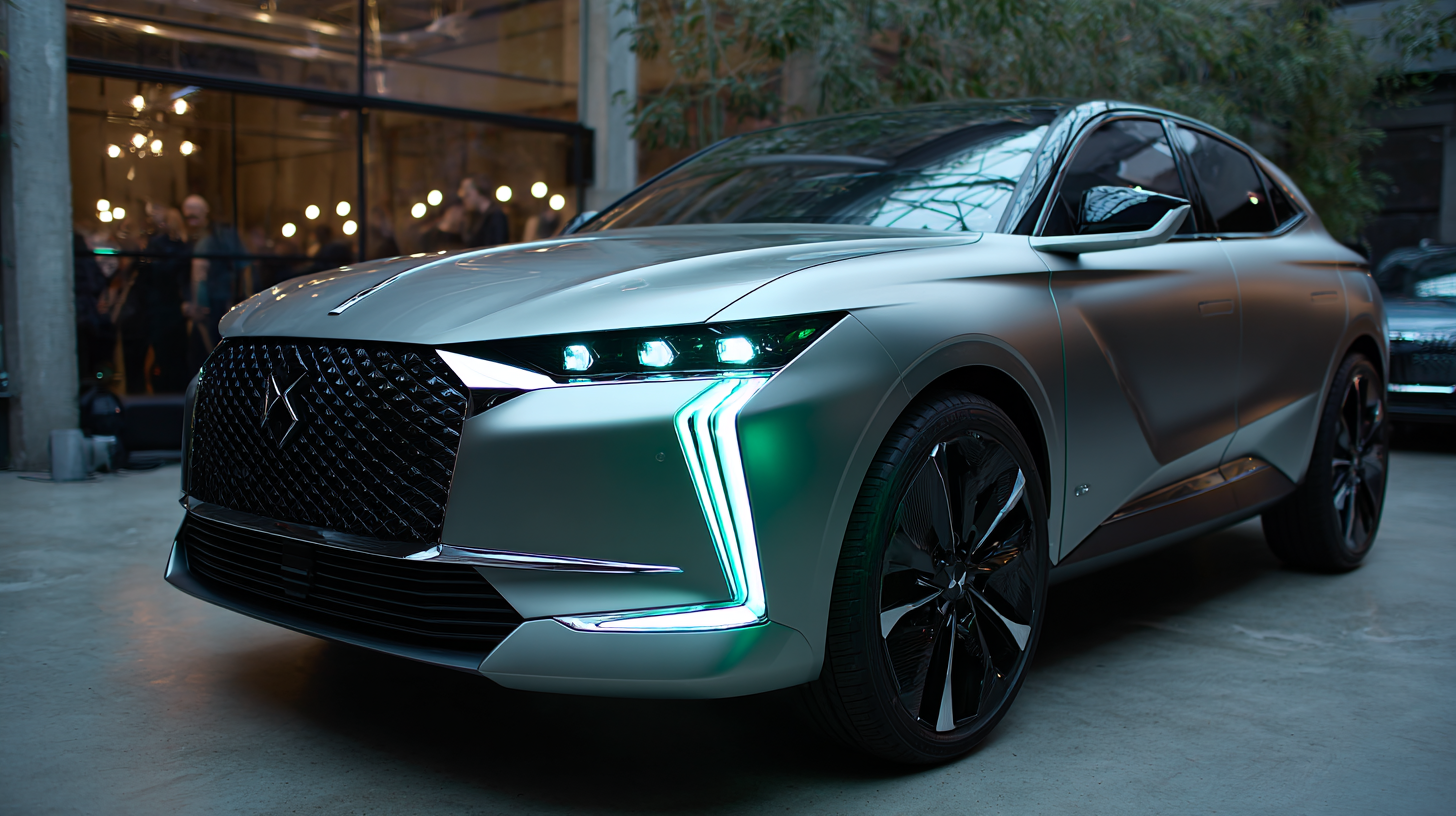
When considering a switch to a PHEV SUV, the first tip is to assess your driving habits. If you have a short daily commute, utilizing the electric-only mode can help you save on fuel costs and minimize emissions. Secondly, familiarize yourself with available charging infrastructure in your area. Planning your routes around charging stations can help ensure you never run out of battery power while on the go. Lastly, take advantage of local incentives or rebates for purchasing a hybrid vehicle, as these can make your transition more affordable and encourage sustainable choices.
Embracing a PHEV SUV is not just a step towards eco-friendly driving; it’s a lifestyle choice that reflects a commitment to a sustainable future.
